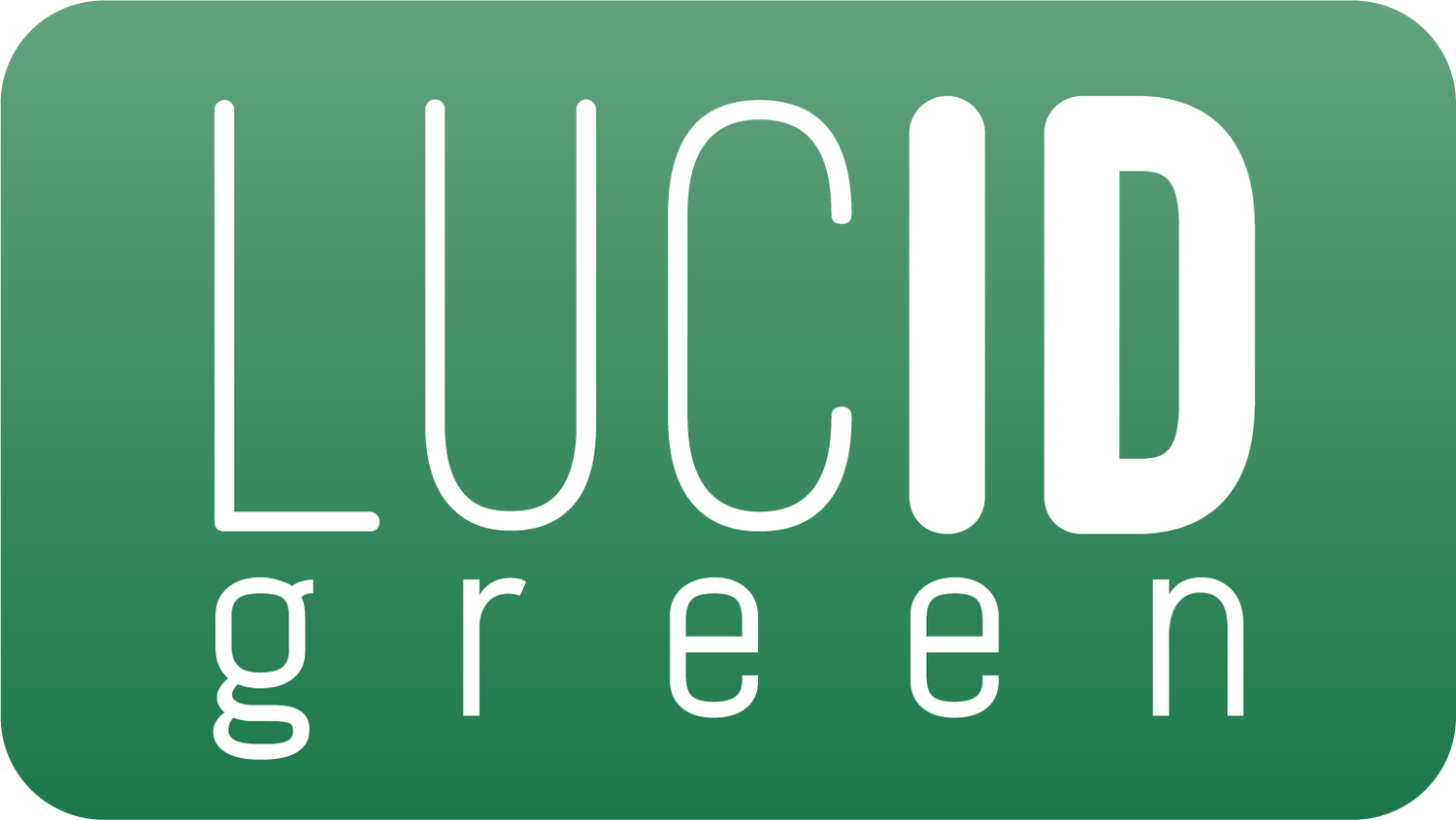Lucid Green Co-Founder & President, Paul Botto, Featured in Green Entrepreneur
How To Build Trust And Transparency In The Cannabis Industry Right Now.
”In an industry like cannabis, it’s all about adapting and continuing to learn to establish trust.”
Cannabis is a complex and multidimensional product with a variety of chemical components, which offers a diverse range of products that can produce varied effects. The amount of choice can be overwhelming — and not just for novices, but even advanced consumers — which leaves brands to look for best practices to provide transparency to consumers.Dispensaries strive to be as knowledgeable about their inventory as possibe, but it’s difficult for every budtender to know every new product hitting the store shelves. At the same time, customers come to stores with completely different knowledge levels — from the new user who needs a “ground-up” education, to experienced consumers who want information about a new product in a familiar category. Then, there are the more specific consumers seeking information that skews towards medical.Brands try to do their part by staying compliant, and even go as far as to post lab results for each product batch on their website. But that information isn’t always easily accessible for consumers at the point of purchase.
Lack Of Trusted Educational Resources
To fully distance and distinguish themselves from the illicit market, brands and retailers must make accessible and comprehensive educational resources about the safety and safe use of the products. In the legal market, when cannabis brands merely assure their customers that products are safe and tested for consumption, they are only doing the bare minimum. That’s not good enough, so there needs to be a way for customers to obtain accurate information and navigate the often convoluted cannabis marketplace.But how?Due to legal restrictions, potential cannabis customers can’t simply go on Amazon or Yelp to search for product reviews. Since there isn’t a centralized database of specific cannabis information, the majority of dispensary budtenders are relying on personal or anecdotal experience that pull from a narrow range of experiences to inform crucial purchasing decisions. This points to an unmet demand for pro-consumer educational resources that gives buyers the information needed to purchase the products that specifically meet their needs.
Providing User-Friendly, Intuitive Resources
According to a report from the International Council of Shopping Centers, about 86 percent of Millennials use their mobile phone while shopping in-store. And while Millennials are the most likely to rely on their smartphone, one-third of all shoppers use their mobile devices to look up product information in stores.Smartphones provide brands and dispensaries an easy and viable way to educate consumers — and the key lies in QR codes. QR codes have gained popularity, especially in Asia, in recent years because the technology is tangible and simple to use. Apple and Android device users can automatically scan QR codes with their camera, eliminating the need to download a separate app. With one swipe, a consumer can get specialized content, rewards or product information.Currently, QR codes are used for virtually everything. Paypal uses QR codes as an efficient cashless payment system. Restaurant chains have included QR codes on menus to provide additional nutrition facts. Starbucks has used QR codes to unlock coupons and promotional deals during new coffee roast launches.So, how can QR codes be utilized in the cannabis industry?Incorporating QR codes as the vehicle for consumer education is one of the most intuitive, efficient and streamlined solutions to get product information to a consumer. In return, cannabis brands and businesses capture data on customers.For example, a big question customers should ask is, ‘How is this cannabis product different from similar varieties?’ With a QR code on every cannabis package, customers can compare dosages, product effects, lab test results and consumer reviews with one quick scan from their smartphone. The code provides education, data transparency and a rating in seconds.QR codes also give consumers a self-service solution. The canna-curious may feel intimidated or uncomfortable asking a budtender for help. Consumers with questions about a health or medical issue may not feel comfortable discussing personal details with a virtual stranger. At the same time, a more experienced consumer may have a quick question that they don’t want to stand in line to ask. QR codes provide a discreet and fast way for customers to find the product information they need.No one likes to feel uninformed, and, in an intimidating retail environment like a dispensary, the more information readily available to consumers, the better. Taking concrete steps to boost trust and transparency in the cannabis industry by offering consumers educational resources will make them feel smarter and more empowered about purchases.This article was originally featured in Green Entrepreneur on December 18, 2019
